Charles M. Kozierok The TCP-IP Guide
Подождите немного. Документ загружается.

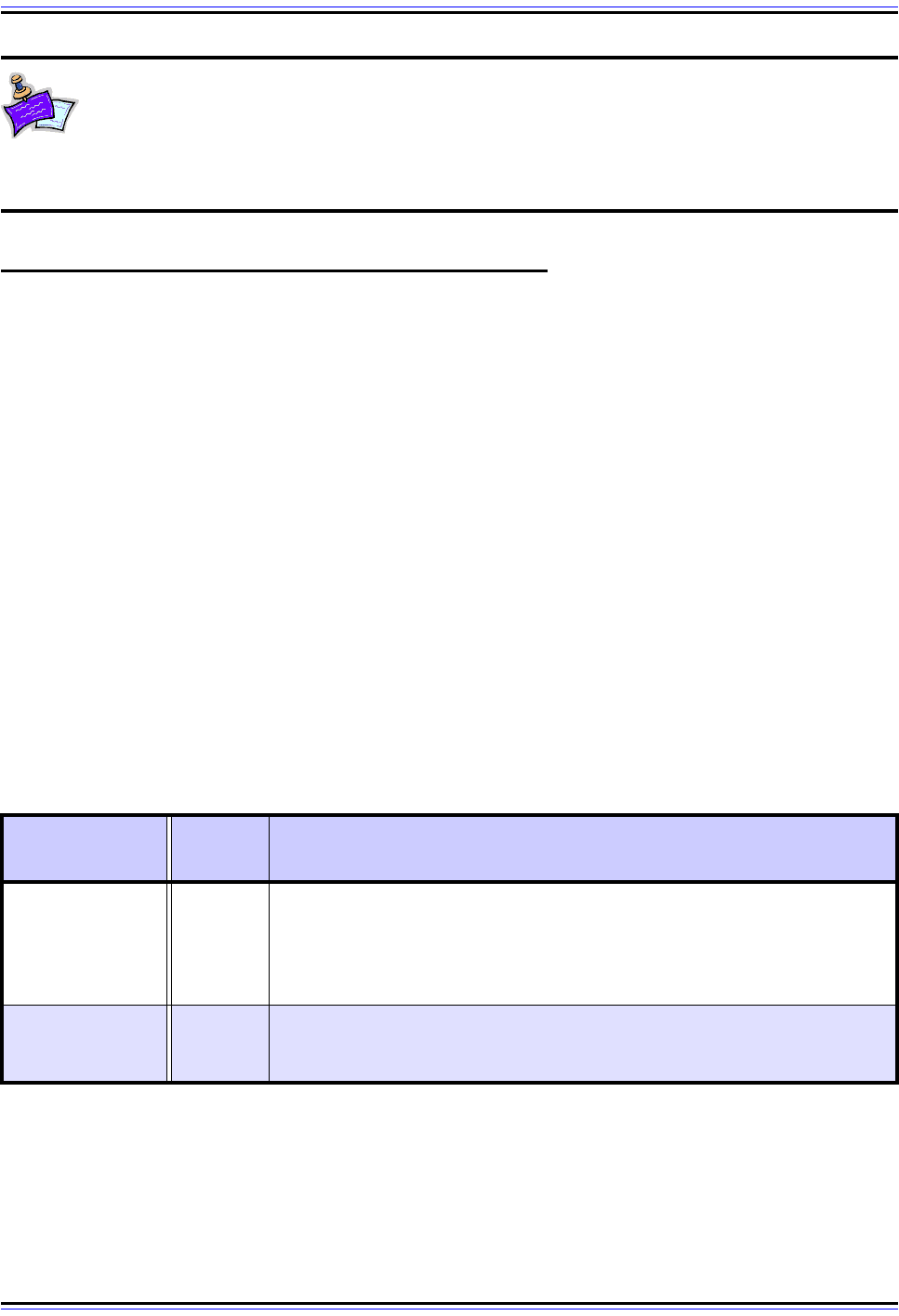
The TCP/IP Guide - Version 3.0 (Contents) ` 1061 _ © 2001-2005 Charles M. Kozierok. All Rights Reserved.
Note: The special Notify and Update messages use a different format than the
regular DNS query/response messages. These special messages (whose use is
described in the topic on DNS server enhancements) are based on the regular
format but with the meanings of certain fields changed. You can find these field formats in
RFC 1996 and RFC 2136 respectively.
DNS Message Header and Question Section Format
The client/server information exchange in DNS is facilitated using query/response
messaging. Both queries and responses have the same general format, containing up to
five individual sections carrying information. Of these, two are usually found in both queries
and responses: the Header section and the Question section. I will start exploring the
detailed format of DNS messages by looking at these two sections; the next topic will cover
the resource record formats used by servers for the other three message sections.
DNS Message Header Format
The header is the most important part of any message, since it is where critical control fields
are carried. In DNS messages, the Header section carries several key control flags, and is
also where we find out which of the other sections are even being used in the message.
Examining the Header can help us understand several of the nuances of how messaging
works in DNS.
The format of the Header section used in all DNS messages is described in detail in Tabl e
170 and shown in Figure 248. Where fields are used differently by the client and server in
an exchange, I have mentioned in the table how the use is differentiated between the two.
Table 170: DNS Message Header Format (Page 1 of 4)
Field Name
Size
(bytes)
Description
ID 2
Identifier: A 16-bit identification field generated by the device that creates
the DNS query. It is copied by the server into the response, so it can be
used by that device to match that query to the corresponding reply
received from a DNS server. This is used in a manner similar to how the
Identifier field is used in many of the ICMP message types.
QR
1/8
(1 bit)
Query/Response Flag: Differentiates between queries and responses.
Set to 0 when the query is generated; changed to 1 when that query is
changed to a response by a replying server.
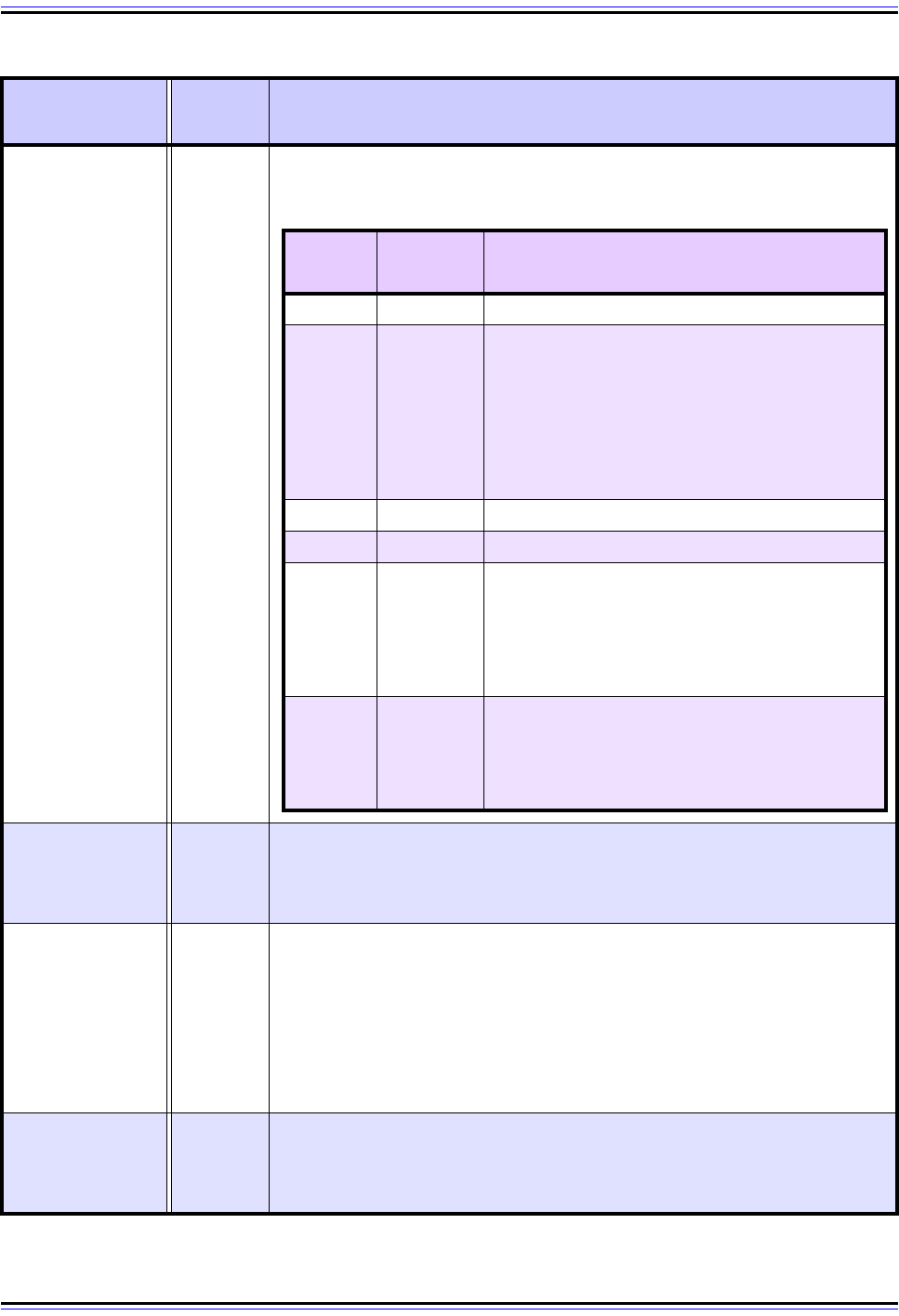
The TCP/IP Guide - Version 3.0 (Contents) ` 1062 _ © 2001-2005 Charles M. Kozierok. All Rights Reserved.
Opcode
1/2
(4 bits)
AA
1/8
(1 bit)
Authoritative Answer Flag: This bit is set to 1 in a response to indicate
that the server that created the response is authoritative for the zone in
which the domain name specified in the Question section is located. If it is
0, the response is non-authoritative.
TC
1/8
(1 bit)
Truncation Flag: When set to 1, indicates that the message was truncated
due to its length being longer than the maximum permitted for the type of
transport mechanism used. TCP doesn't have a length limit for messages,
while UDP messages are limited to 512 bytes, so this bit being sent usually
is an indication that the message was sent using UDP and was too long to
fit. The client may need to establish a TCP session to get the full message.
On the other hand, if the portion truncated was part of the Additional
section, it may choose not to bother.
RD
1/8
(1 bit)
Recursion Desired: When set in a query, requests that the server
receiving the query attempt to answer the query recursively, if the server
supports recursive resolution. The value of this bit is not changed in the
response.
Table 170: DNS Message Header Format (Page 2 of 4)
Field Name
Size
(bytes)
Description
O
pera
ti
on
C
o
d
e:
S
pec
ifi
es
th
e
t
ype o
f
query
th
e message
i
s carry
i
ng.
Thi
s
field is set by the creator of the query and copied unchanged into the
response:
Opcode
Value
Query
Name
Description
0 QUERY A standard query.
1 IQUERY
An inverse query; now obsolete. RFC 1035 defines
the inverse query as an optional method for
performing inverse DNS lookups, that is, finding a
name from an IP address. Due to implementation
difficulties, the method was never widely deployed,
however, in favor of reverse mapping using the IN-
ADDR.ARPA domain. Use of this Opcode value was
formally obsoleted in RFC 3425, November 2002.
2 STATUS A server status request.
3 (reserved) Reserved, not used.
4 NOTIFY
A special message type added by RFC 1996. It is
used by a primary (master, authoritative) server to
tell secondary servers that data for a zone has
changed and prompt them to request a zone
transfer. See the discussion of DNS server enhance-
ments for more details.
5 UPDATE
A special message type added by RFC 2136 to
implement “dynamic DNS”. It allows resource
records to be added, deleted or updated selectively.
See the discussion of DNS server enhancements for
more details.
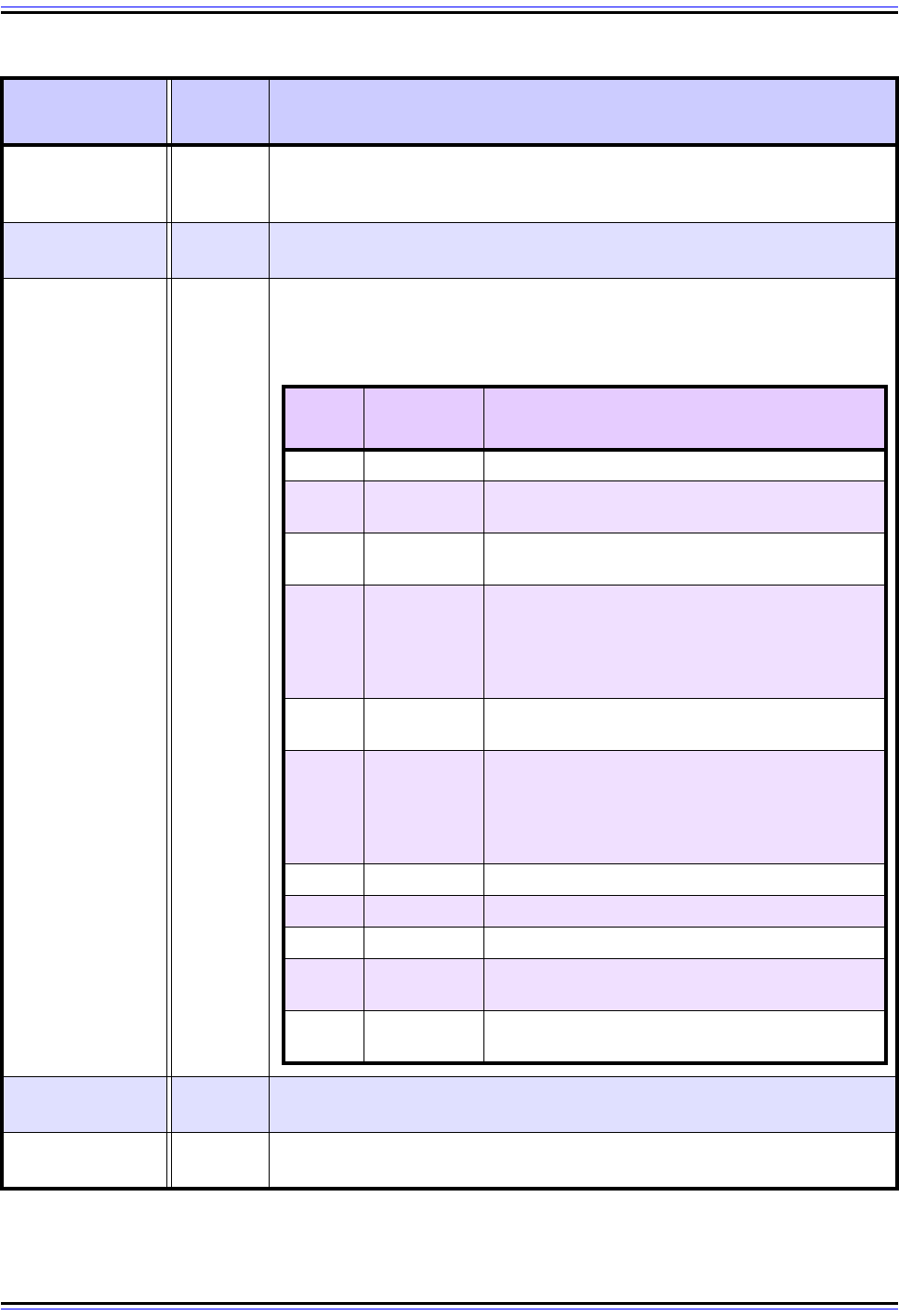
The TCP/IP Guide - Version 3.0 (Contents) ` 1063 _ © 2001-2005 Charles M. Kozierok. All Rights Reserved.
RA
1/8
(1 bit)
Recursion Available: Set to 1 or cleared to 0 in a response to indicate
whether the server creating the response supports recursive queries. This
can then be noted by the device that sent the query for future use.
Z
3/8
(3 bits)
Zero: Three reserved bits set to zero.
RCode
1/2
(4 bits)
QDCount 2
Question Count: Specifies the number of questions in the Question
section of the message.
ANCount 2
Answer Record Count: Specifies the number of resource records in the
Answer section of the message.
Table 170: DNS Message Header Format (Page 3 of 4)
Field Name
Size
(bytes)
Description
R
esponse
C
o
d
e:
S
e
t
t
o zero
i
n quer
i
es,
th
en c
h
ange
d
b
y
th
e rep
l
y
i
ng
server in a response to convey the results of processing the query. This
field is used to indicate if the query was answered successfully, or if some
sort of error occurred:
RCode
Value
Response
Code
Description
0 No Error No error occurred.
1 Format Error
The server was unable to respond to the query due
to a problem with how it was constructed.
2 Server Failure
The server was unable to respond to the query due
to a problem with the server itself.
3 Name Error
The name specified in the query does not exist in the
domain. This code can be used by an authoritative
server for a zone (since it knows all the objects and
subdomains in a domain) or by a caching server that
implements negative caching.
4
Not
Implemented
The type of query received is not supported by the
server.
5 Refused
The server refused to process the query, generally
for policy reasons and not technical ones. For
example, certain types of operations, such as zone
transfers, are restricted. The server will honor a
zone transfer request only from certain devices.
6 YX Domain A name exists when it should not.
7 YX RR Set A resource record set exists that should not.
8 NX RR Set A resource record set that should exist does not.
9 Not Auth
The server receiving the query is not authoritative for
the zone specified.
10 Not Zone
A name specified in the message is not within the
zone specified in the message.
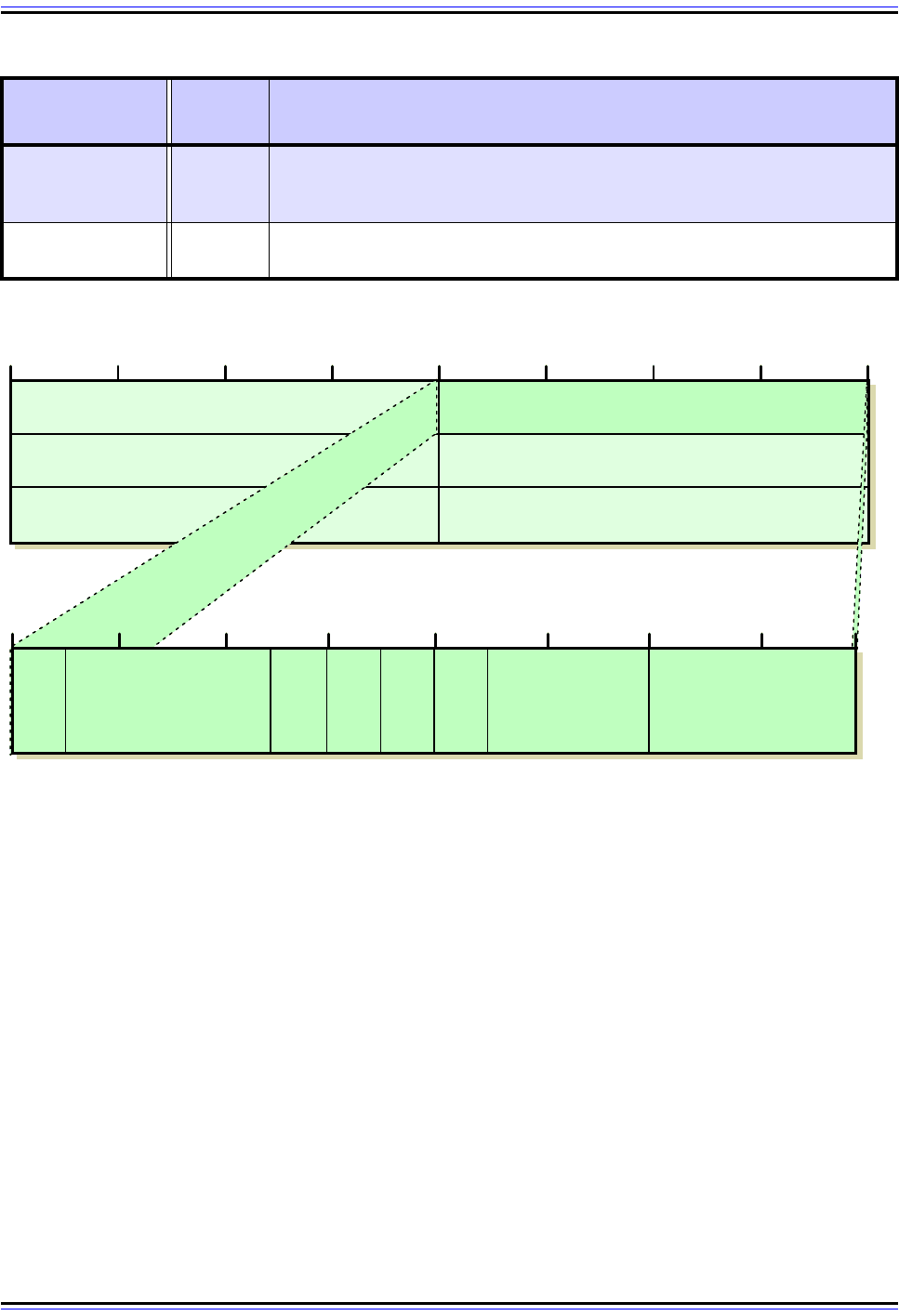
The TCP/IP Guide - Version 3.0 (Contents) ` 1064 _ © 2001-2005 Charles M. Kozierok. All Rights Reserved.
Note that the current lists of valid question types, query operation codes and response
codes are maintained by IANA as one of its many lists of Internet parameters. Response
codes 0 to 5 are part of “regular” DNS and are defined in RFC 1035; codes 6 to 10
implement dynamic DNS and are defined in RFC 2136.
NSCount 2
Authority Record Count: Specifies the number of resource records in the
Authority section of the message. (“NS” stands for “name server”, of
course. ☺)
ARCount 2
Additional Record Count: Specifies the number of resource records in
the Additional section of the message.
Figure 248: DNS Message Header Format
Table 170: DNS Message Header Format (Page 4 of 4)
Field Name
Size
(bytes)
Description
Identifier Flags and Codes
Question Count Answer Record Count
Additional Record Count
4 8 12 16 20 24 28 320
Query/
Res -
ponse
Flag
(QR)
Operation Code
Author-
itative
An-
sw er
(AA)
Trun-
cation
Flag
(TC)
Rec ur -
sion
De-
sired
(RD)
Rec ur -
sion
Avail-
able
(RA)
Zero Response Code
18 20 22
24
26 28 30 3216
Name Server (Authority Record) Count
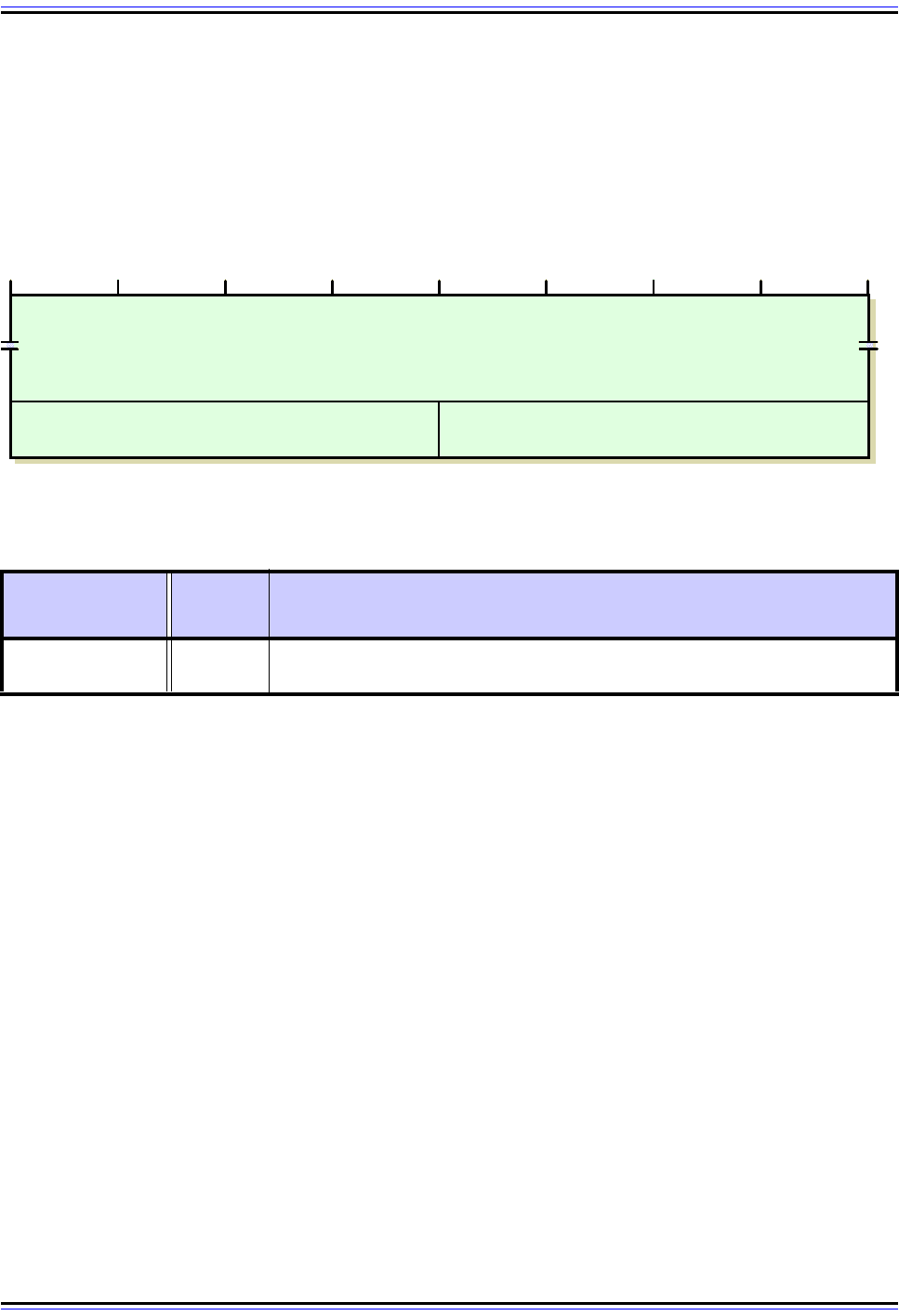
The TCP/IP Guide - Version 3.0 (Contents) ` 1065 _ © 2001-2005 Charles M. Kozierok. All Rights Reserved.
DNS Question Section Format
DNS queries always contain at least one entry in the Question section that specifies what
the client in the exchange is trying to find out. These entries are copied to the response
message unchanged, for reference on the part of the client if needed. Table 171 and Figure
249 show the format used for each entry in the Question section of a DNS message.
Figure 249: DNS Message Question Section Format
Table 171: DNS Message Question Section Format (Page 1 of 2)
Field Name
Size
(bytes)
Description
QName Variable
Question Name: Contains the object, domain or zone name that is the
subject of the query, encoded using standard DNS name notation.
Question Name
Question Type Question Class
4 8 12 16 20 24 28 320
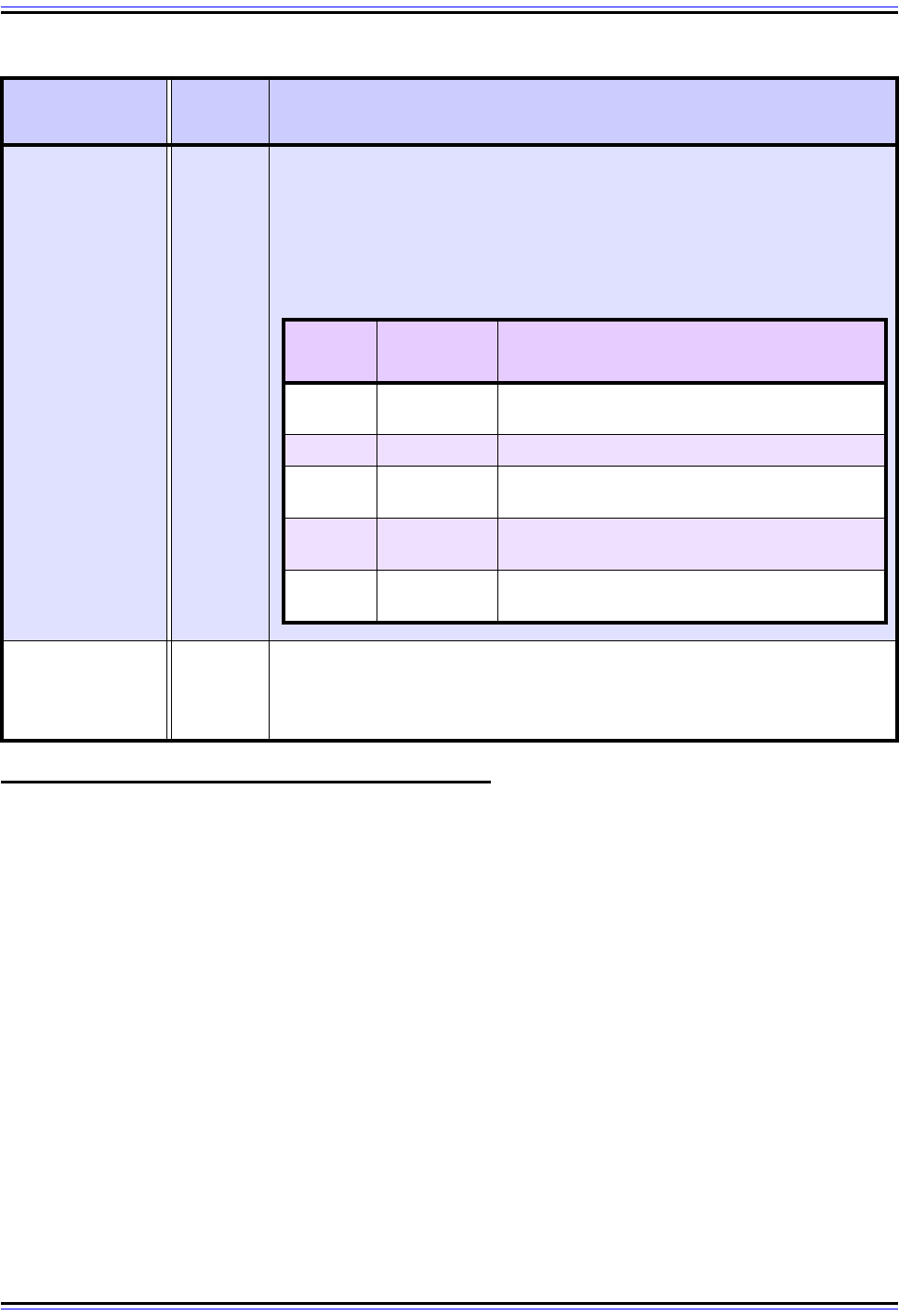
The TCP/IP Guide - Version 3.0 (Contents) ` 1066 _ © 2001-2005 Charles M. Kozierok. All Rights Reserved.
DNS Message Resource Record Field Formats
The exchange of information in DNS consists of a series of client/server transactions.
Clients send requests, or queries, to servers, and the servers send back responses. DNS
servers are of course database servers, and store DNS name database information in the
form of resource records (RRs). The questions asked by clients are requests for information
from a DNS's servers database, and they are answered by the DNS server looking up the
requested resource records and putting them into the DNS response message.
The Answer, Authority and Additional sections of the overall DNS message format are the
places where servers put DNS resource records to be sent back to a client. Each section
consists of zero or more records, and in theory, any record can be placed in any section.
The sections only differ in the semantics (meaning) that the client draws from a record
being in one section compared to the other. The topic on DNS general messaging contains
more on these three sections and how they are used.
Resource records have two representations: binary and text. The text format is used for
master files edited by humans, and is the subject of a topic later in this section. The binary
representation consists of regular numeric and text fields just like the other fields in the DNS
message format.
QType 2
QClass 2
Question Class: Specifies the class of the resource record being
requested, normally the value 1 for Internet (“IN”). See the topic on classes
and resource record types for an explanation. In addition, the QClass value
255 is defined to have the special meaning “any class”.
Table 171: DNS Message Question Section Format (Page 2 of 2)
Field Name
Size
(bytes)
Description
Q
ues
ti
on
T
ype:
S
pec
ifi
es
th
e
t
ype o
f
ques
ti
on
b
e
i
ng as
k
e
d
b
y
th
e
d
ev
i
ce
acting as a client. This field may contain a code number corresponding to a
particular type of resource record being requested—Table 167 contains the
numbers for the most common resource records. If so, this means the client
is asking for that type of record to be sent for the domain name listed in
QName. The QType field may also contain one of the following codes that
correspond to “special” types of requests:
QType
Value
Question
Type
Description
251 IXFR
A request for an incremental (partial) zone
transfer, per RFC 1995.
252 AXFR A request for a zone transfer.
253 MAILB
A request for mailbox-related records (resource
record types MB, MG or MR; now obsolete.)
254 MAILA
A request for mail agent resource records (now
obsolete; MX records are used instead).
255
*
(asterisk)
A request for all records.
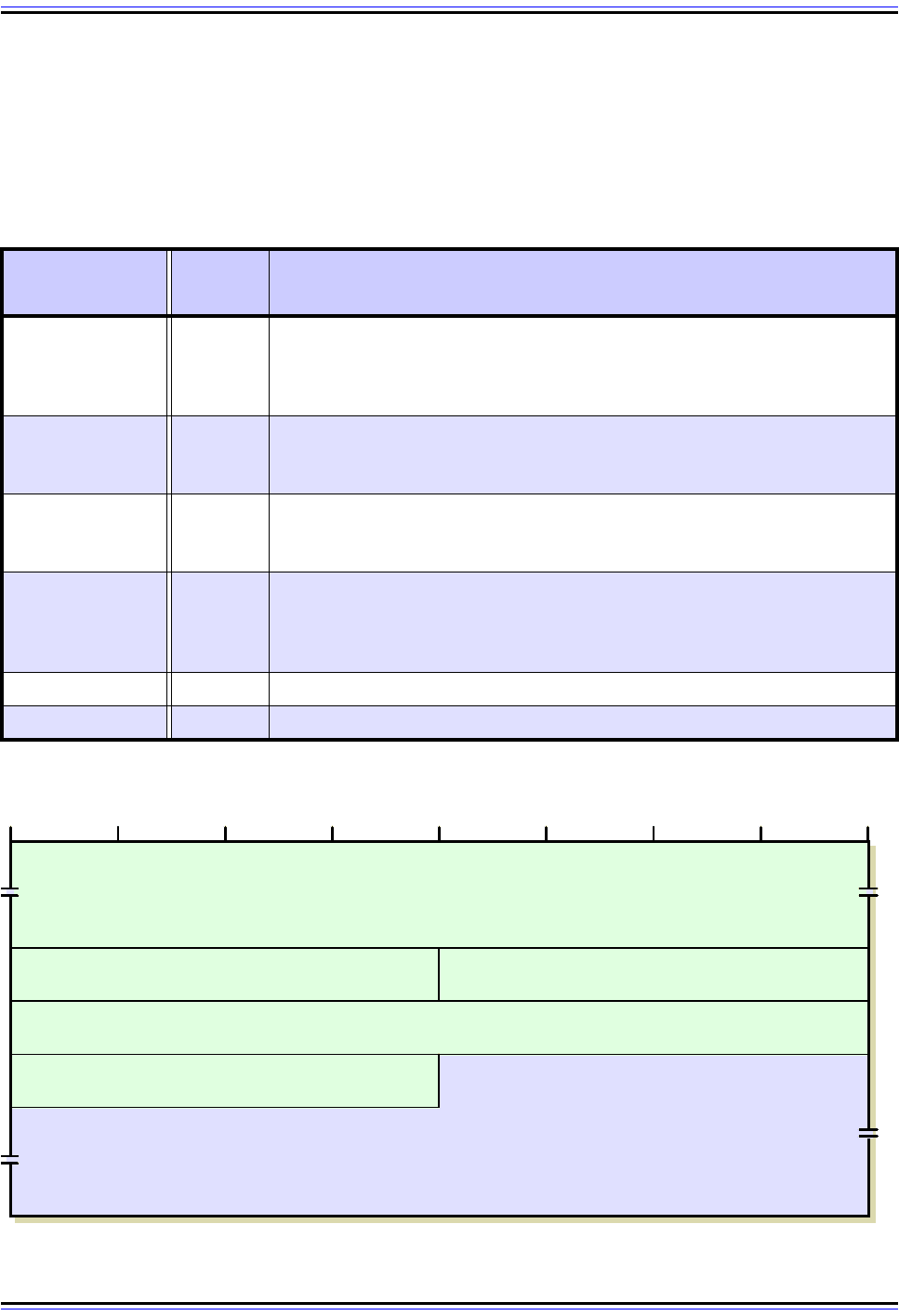
The TCP/IP Guide - Version 3.0 (Contents) ` 1067 _ © 2001-2005 Charles M. Kozierok. All Rights Reserved.
DNS Common Resource Record Format
There are certain types of information that are common to all resource records, and others
that are unique to each type of record. To handle this, all resource records are represented
using a common field format, which contains a single RData field that varies by record type.
The common resource record format is described in Table 172 and Figure 250.
Table 172: DNS Common Resource Record Format
Field Name
Size
(bytes)
Description
Name Variable
Name: Contains the object, domain or zone name that is the subject of the
resource record, encoded using standard DNS name notation. All of the
information in the resource record is associated with this object, which I call
the named object for the record.
Type 2
Type: A code value specifying the type of resource record. The type values
for the most common kinds of resource records are shown in Table 167
and also in the list of resource record details in this topic.
Class 2
Class: Specifies the class of the resource record being requested,
normally the value 1 for Internet (“IN”). See the end of the topic on classes
and resource record types for an explanation.
TTL 4
Time To Live: Specifies the number of seconds that the record should be
retained in the cache of the device reading the record. See the topic on
DNS name server caching for a full explanation. A value of zero means
“use this information for the current name resolution only; do not cache it”.
RDLength 2 Resource Data Length: Indicates the size of the RData field, in bytes.
RData Variable Resource Data: The data portion of the resource record.
Figure 250: DNS Common Resource Record Format
Name
Type Class
Time To Live (TTL)
Resource Data Length
Resource Data
4 8 12 16 20 24 28 320
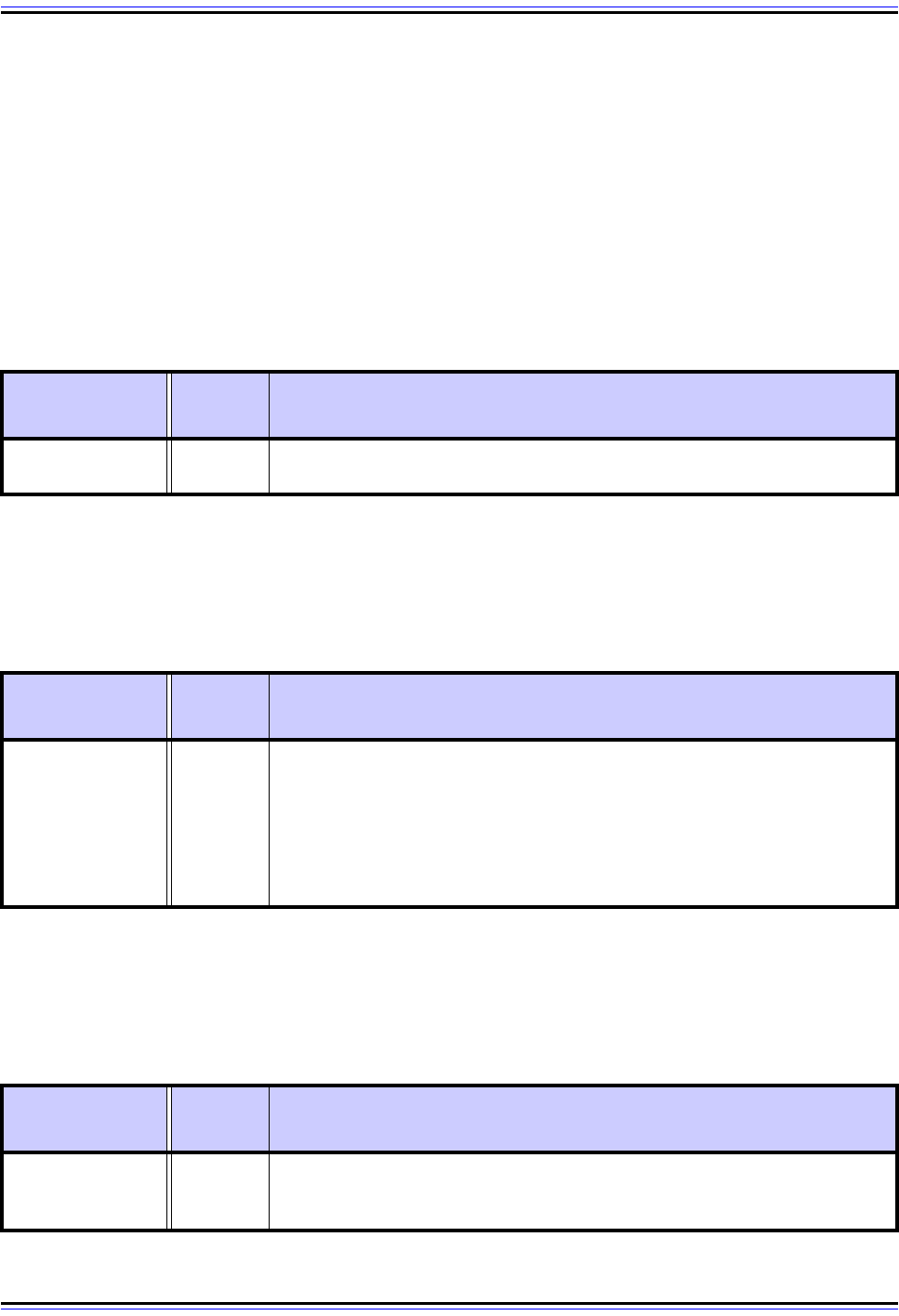
The TCP/IP Guide - Version 3.0 (Contents) ` 1068 _ © 2001-2005 Charles M. Kozierok. All Rights Reserved.
RData Field Formats For Common Resource Records
The RData field consists of one or more subfields that carry the actual “payload” for the
resource record. Below is a list of the most common resource record types. For each I have
indicated the resource record text code, name, and Type value, provided a brief summary of
the resource record’s use, and shown the structure of the RData field in a table:
A / Address Resource Record (Type Value 1)
This is the primary resource record type in DNS; it contains a 32-bit IP address associated
with a domain name, as shown in Table 173.
NS / Name Server Resource Record (Type Value 2)
In this record, the data field carries the domain Carries the domain name of a name server
(Table 174).
CName / Canonical Name Resource Record (Type Value 5)
The data field contains the real name of an a named object that has been referenced using
an alias (Table 175).
Table 173: DNS Address Resource Record Data Format
Subfield Name
Size
(bytes)
Description
Address 4
Address: The 32-bit IP address corresponding to this record's named
object.
Table 174: DNS Name Server Resource Record Data Format
Subfield Name
Size
(bytes)
Description
NSDName Variable
Name Server Domain Name: A variable-length name of a name server
that should be authoritative for this record's named object. Like all names,
this name is encoded using standard DNS name notation.
A request for this resource record type normally results in an A record for
the name server specified also being returned in the Additional section of
the response, if available.
Table 175: DNS Canonical Name Resource Record Data Format
Subfield Name
Size
(bytes)
Description
CName Variable
Canonical Name: The canonical (real) name of the named object. This
name is then resolved using the standard DNS resolution procedure to get
the address for the originally-specified name.
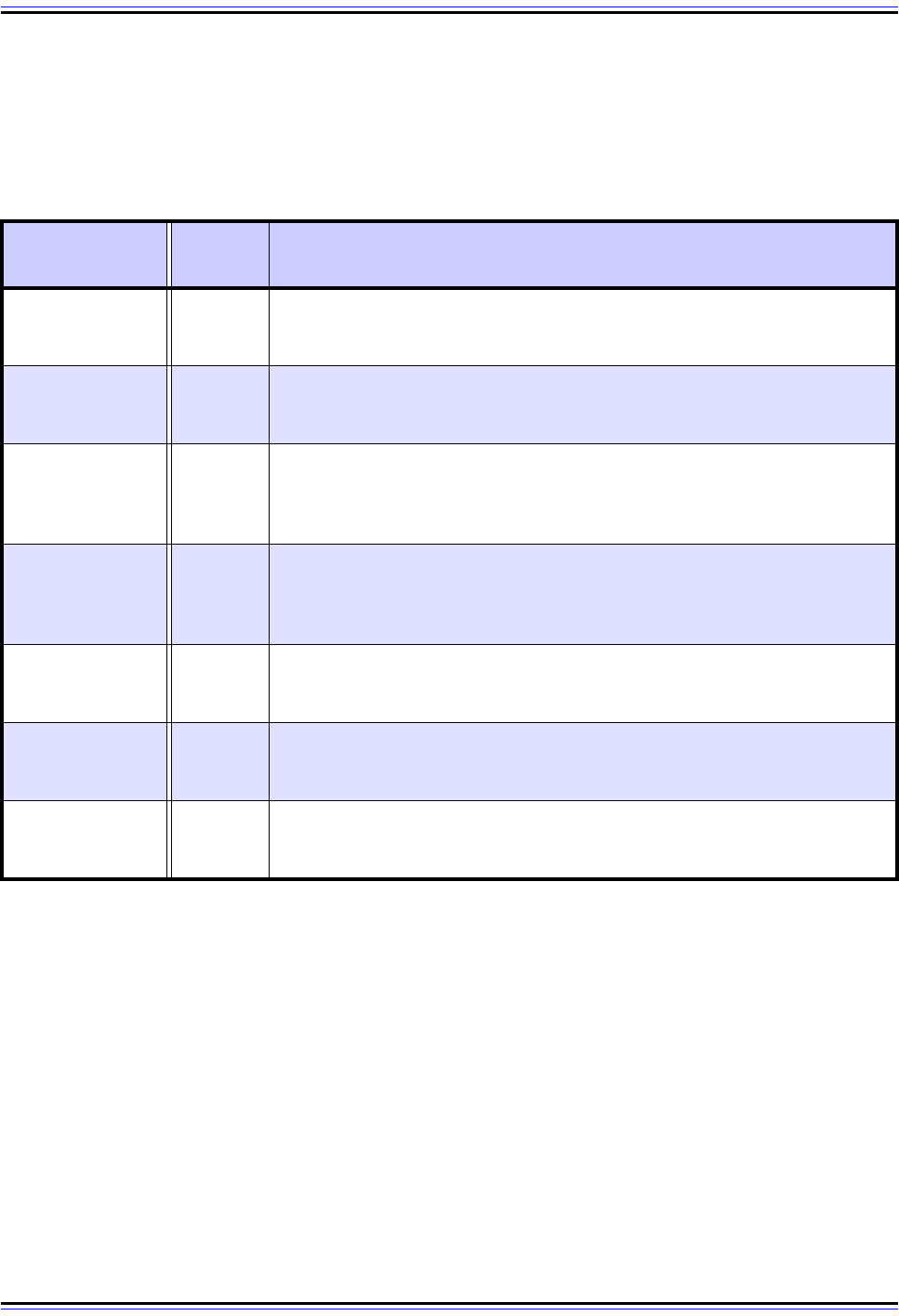
The TCP/IP Guide - Version 3.0 (Contents) ` 1069 _ © 2001-2005 Charles M. Kozierok. All Rights Reserved.
SOA / Start Of Authority Resource Record (Type Value 6)
This record marks the start of DNS zone and contains key information about how it is to be
managed and used. The SOA record is the most complex of the DNS resource record
types; its format can be found in Table 176 and also in Figure 251.
Table 176: DNS Start Of Authority Resource Record Data Format
Subfield Name
Size
(bytes)
Description
MName Variable
Master Name: The domain name of the name server that is the source of
the data for the zone; this is of course normally the primary authoritative
server for the zone. It is encoded using the standard DNS name format.
RName Variable
Responsible Name: The electronic mail address of the person respon-
sible for this zone. E-mail addresses in DNS are encoded using a special
variation of the regular DNS name notation.
Serial 4
Serial Number: The serial number, or version number, of the resource
record database for this zone. Used to determine when changes have
been made to the database to trigger zone transfers. See the topic on zone
transfers for information on how this field is used.
Refresh 4
Refresh Interval: The number of seconds that secondary name servers
for this zone will wait between attempts to check for changes made to the
zone database on the primary name server. See the topic on zone
transfers for information on how this field is used.
Retry 4
Retry Interval: The number of seconds a secondary name server waits
before trying again to check with a primary for changes if its previous
attempt failed. See the topic on zone transfers for details.
Expire 4
Expire Interval: The number of seconds that can elapse between
successful contacts with the primary name server before a secondary
name server must consider the information it holds “stale”.
Minimum 4
Negative Caching TTL: Originally carried the default Time To Live value
for records where no explicit TTL value was specified. Now represents the
zone’s negative cache TTL. See the topic on DNS name server caching.
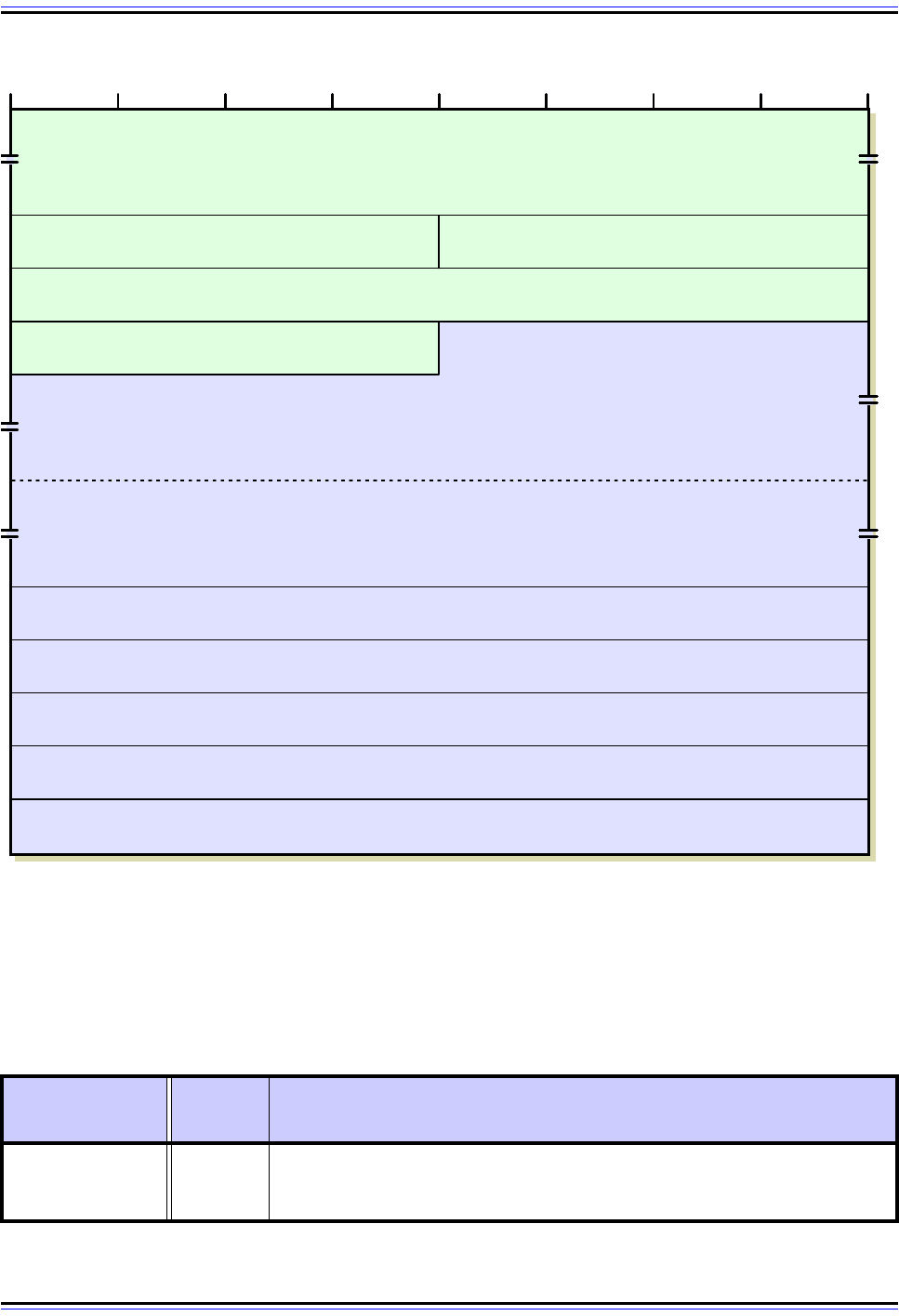
The TCP/IP Guide - Version 3.0 (Contents) ` 1070 _ © 2001-2005 Charles M. Kozierok. All Rights Reserved.
PTR / Pointer Resource Record (Type Value 12)
This record carries a pointer to a resource record; used for reverse address lookups. It
contains one data field, shown in Table 177.
Figure 251: DNS Start Of Authority Resource Record Data Format
Table 177: DNS Pointer Resource Record Data Format
Subfield Name
Size
(bytes)
Description
PTRDName Variable
Pointer Domain Name: A variable-length domain name. This is a name
“pointed to” by the resource record; see the description of reverse
resolution for the most common way that this record type is used.
Name
Type Class
Time To Live (TTL)
Resource Data Length
Master Name
Responsible Name
Serial Number
Refresh Interval
Retry Interval
Expire Interval
Negative Caching TTL
4 8 12 16 20 24 28 320
